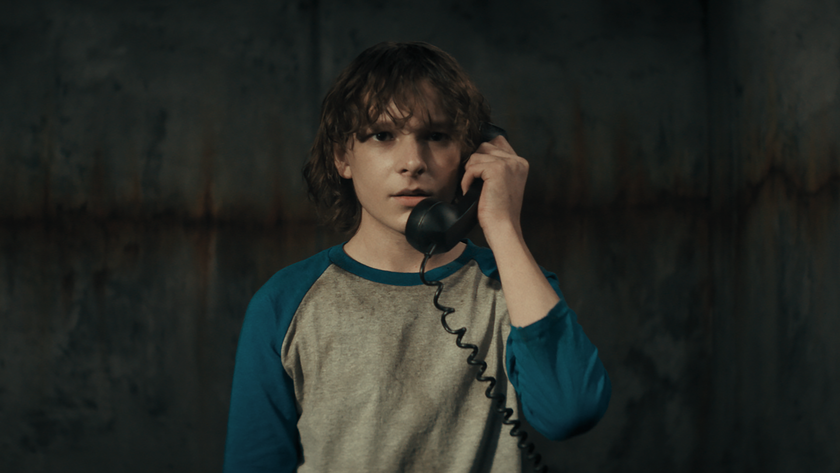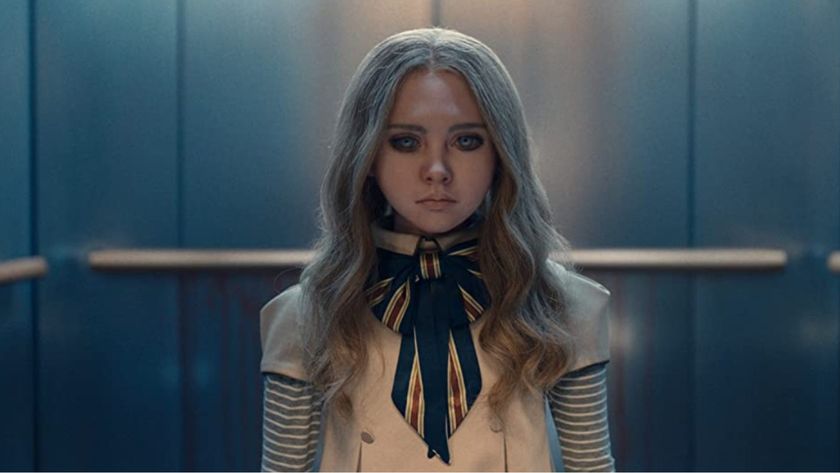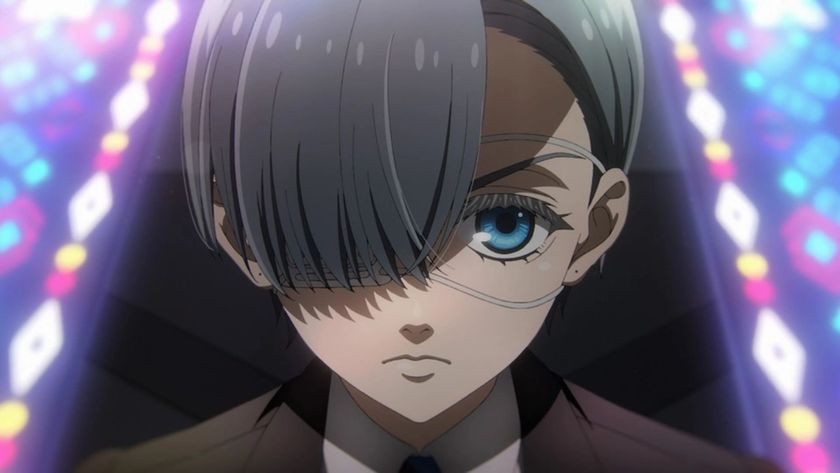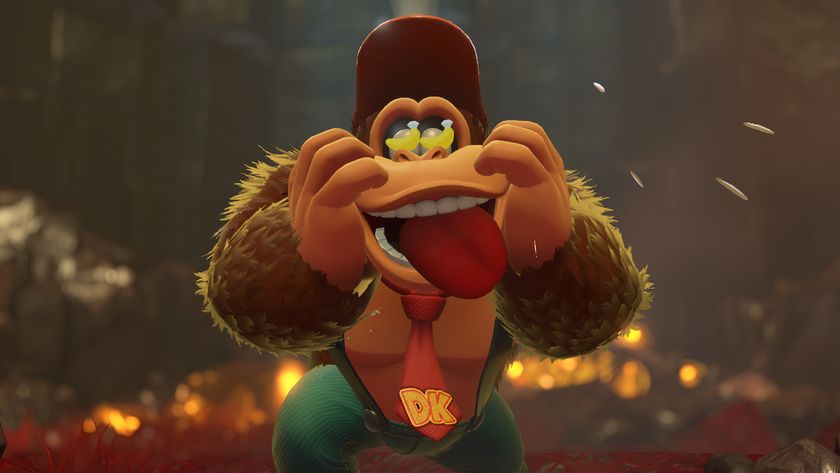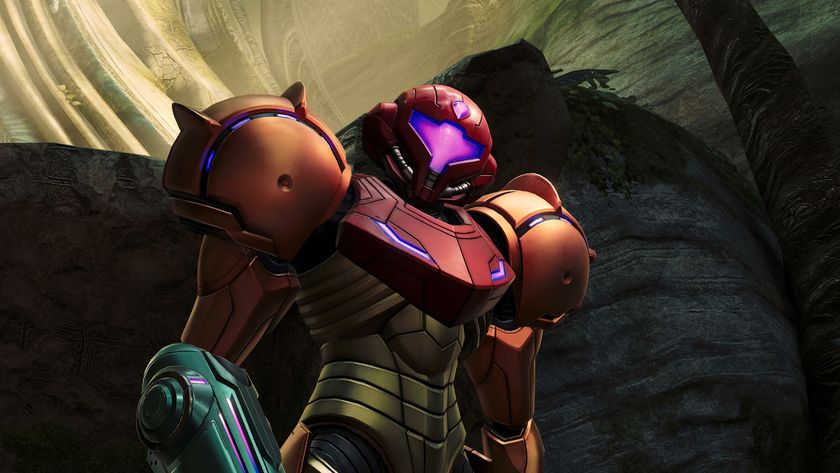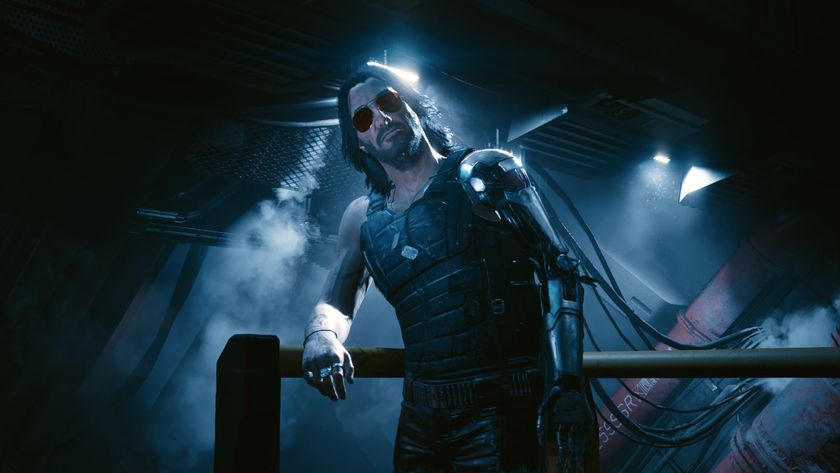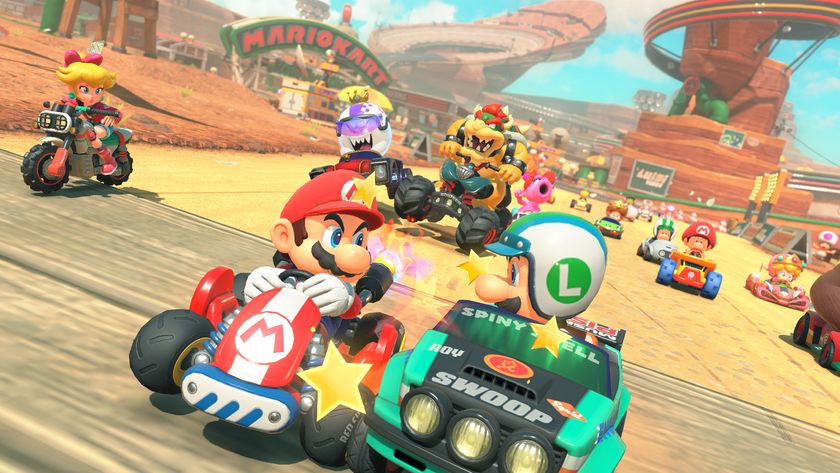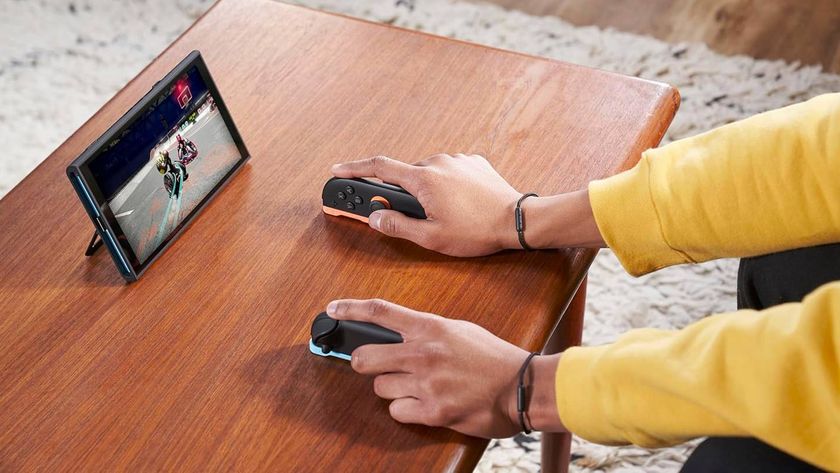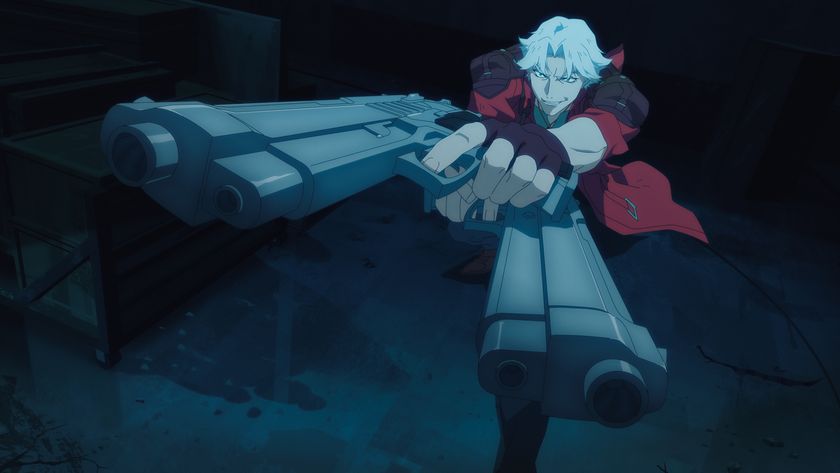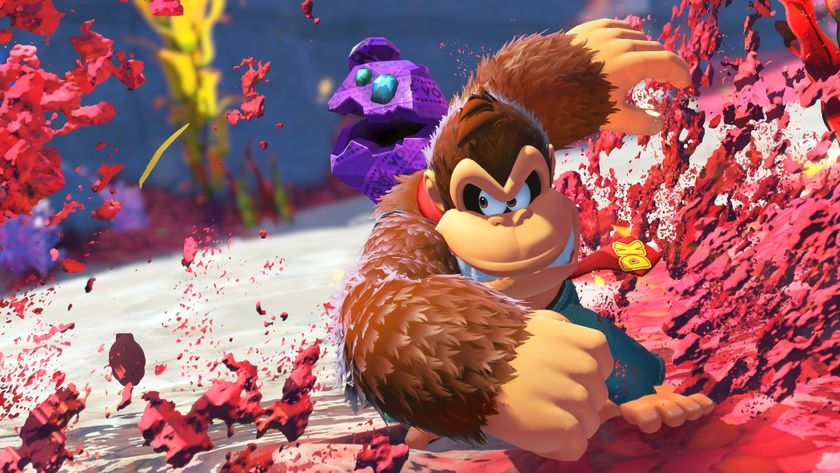13 Steps To Making A Horror Film
Paranormal Activity director Oren Peli talks us through his process
Paranormal Activity is the micro-movie that’s been soiling America’s pants. How? Why? Director Oren Peli tells Total Film his darkest secrets...
At Paramount studios in LA, indie horror hit Paranormal Activity is screened to a group of seen-it-all film critics, who, as the credits roll, are stunned into a near-catatonic state.
The tension is broken by one man with a simple, loud and yet wholly appropriate exclamation: “Holy shit!”
Across the US on limited release, and at the Screamfest and Slamdance festivals, the movie made for $15,000 in 2006 by first-time writer/director/producer/editor Oren Peli got similar responses.
Cut to ’09, and it’s getting a full release, with Steven Spielberg’s endorsement.
The film itself couldn’t be simpler: a couple sense a presence in their home, so buy a camera and set it up at the end of their bed to see what it captures during the night.
The audience views what the camera views, and it’s become the freshest horror hit since The Blair Witch Project scared a generation a decade ago.
Sign up for the Total Film Newsletter
Bringing all the latest movie news, features, and reviews to your inbox
So what does it take to make a truly horrifying horror movie?
In a conference room at Paramount, the softly spoken high-school dropout – who came to the US from Israel as a 19-year-old to be a computer programmer – takes us through his (spooky) 13 steps...
Tools required: a camera, some actors, some kind of set (one room will do) and a vivid, sadistic imagination.
1) Have no training
"Maybe the secret to the success of this film was that I had no real training in film making, so I didn’t know what I was supposed to do and what I was not supposed to do.
"I just set it up in a way that I knew was not traditional."
2) Know your influences
"I always liked anything that feels natural, not scripted, so The Blair Witch Project really did the best job in the horror movie genre.
"But even movies like Spinal Tap or scripted movies like Traffic, which are done documentary style, I just love. I knew that was the style I wanted to do."
3) Think vulnerability, familiarity and invisibility
"The scariest thing is the idea of something happening while you’re asleep – you have no idea what’s going on, you’re totally vulnerable.
"Then anything that’s invisible is scarier than something right in front of you, because you don’t know what it looks like, what it wants or where it is.
"The last thing is when something happens in your home. You’re supposed to feel safe at home and you can’t escape it."
Next: Go deeper, careful casting, small budget [page-break]
4) Go deeper
"What’s scary to me isn’t a ‘jump’, but something that affects you on a deeper, psychological level, altering the way you think about your life and your world.
"Something that really leaves an imprint."
5) Be careful with the casting
"We auditioned over 150 people because they’re the most important thing – they are the movie.
"If you don’t believe them as real people, you’re not going to care about them, you’re not going to connect with them and nothing else is going to matter.
"With Katie [Featherston] and Micah [Sloat] they had great instincts, and were very quick and smart as far as coming up with dialogue. There were no lines – it was all their own words."
6) Keep the budget small
"Having such a low budget really helped because I couldn’t go crazy with special effects, which I think in the end would have actually been a detriment to the movie. And I had to be creative."
"If you think about it, I was trying to be authentic to how this would be if it were true, if it were just a couple around the house with a camera."
Next: Simple sets, Be funny, Haunt the person [page-break]
7) Keep the set simple
"The set itself was just my house, a normal house that people can relate to. It’s designed this way on purpose – it’s not a creepy castle."
"I decorated it first because before that it didn’t look normal! I wanted to make it a nice, upper middle class home that people are familiar with. This was a perfect excuse to spruce it up."
8) Be funny
"I did want to have some humour in the movie, especially at the beginning. Humour is always a good way to connect to the characters and it just makes the movie more interesting.
"And Micah is a really funny guy so many of the funniest lines are stuff I didn’t even tell him to say – he just came up with it on the spot."
9) Haunt the person, not the property
"From what I’ve read, demons pick on a person and just start haunting them, possessing them: once you’re it, there’s not much you can do about it.
"To me that’s much scarier than a haunted house. A house you can move away from."
Next: Slow build, Hidden FX, Sound advice [page-break]
10) Go for a slow build
"We had to make sure to connect with the characters; we get to know them, get to like them, we properly explain what’s going on.
"When you expect the audience to go along with a story that ends up being very fantastic at the end, you have to do a steady linear build-up. If you start too much too soon, then it doesn’t work."
11) Hide the FX
""I trained myself on my editing software to accomplish the effects, so I knew what I could and couldn’t do. Though most of what you’re seeing is practical, there was a lot of invisible CGI added. You wouldn’t even know there was an effect there.
"I never want anyone to say, “Wow, that’s a cool CG effect”. And no, I can’t tell you the details. I’m saving that for the DVD."
12) Make the sound count
"The audio’s very important, because often you’re looking at a static shot of people asleep. I remember when I was doing the research someone said, “Audio is 70% of what you see”.
"So I put a lot of effort into it, and when we released the movie we did an audio clean-up to sweeten it.
"What’s the low frequency rumble? Just the sound a demon makes."
13) Listen to the experts
"Originally we had a different ending which a lot of people responded well to, but we also had some criticism so we experimented to see if we could come up with something better. The ending that tested the best was Spielberg’s.
"We played it to a test audience and they just went crazy – people were screaming. At that point it was a very easy choice!"
Paranormal Activity opens on 25 November and is reviewed in this month's Total Film.
